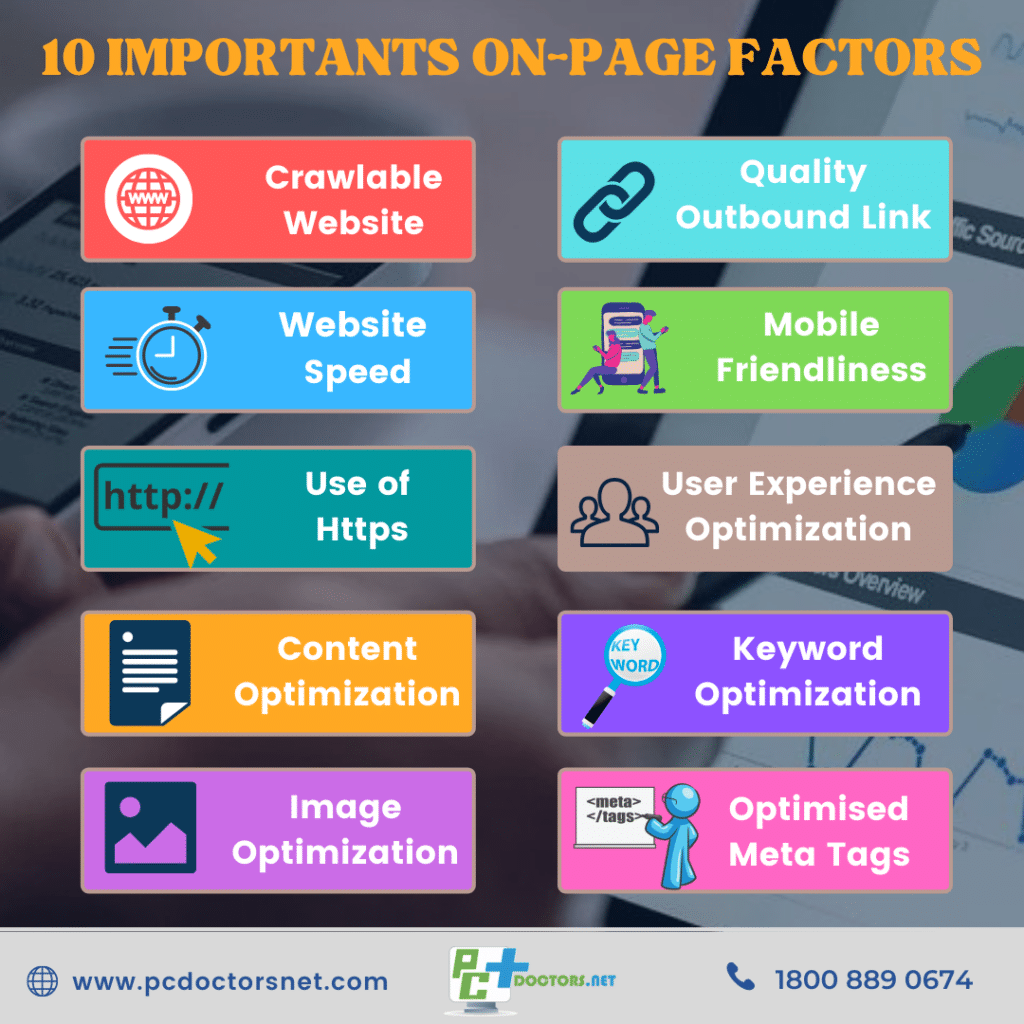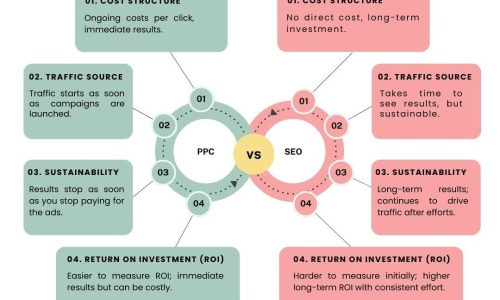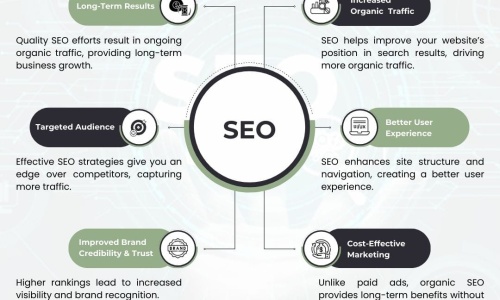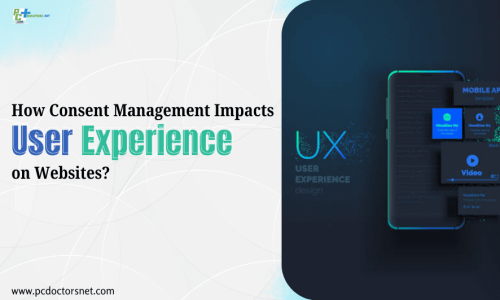On-page SEO is the technique of optimizing web pages for particular key phrases that allow you to improve search visibility and visitors. It includes aligning page-unique elements like title tags, headings, content material, and internal links with key phrases.
1. Crawlable Website
A search engine’s ability to crawl the content material on a webpage is an important element for On-Page SEO. If a website has no crawl errors, then crawlers can access all its content material without any difficulties by following links among pages.
2. Website speed
It means, how much time it takes to open a website or web page in your search engine, which refers to the average loading time of more than one sample page on a given website.
3. Use of Https
HTTPS will add privacy and security to a website and SEO goals through verification of the website that it is the right one on the server, preventing tampering by malicious scripts, making the website more secure for users, and encrypting all communication end-to-end like URLs, which in turn protects things like credit card numbers and browsing history.
4. Content Optimization
Content optimization or SEO is the technique of optimizing your content material to make sure that it’s more visible on the internet. Search engine robots will rank properly optimized content material higher on a search engine result page than non-optimized content material.
5. Image Optimization
Image optimization is about reducing the file size of the images on a website as much as possible without losing quality so that the web page load times remain low. It’s also about image SEO that includes Alt Tags and other attributes. It helps in getting your product images other website images to rank higher on Google and other image search engines.

6. Quality Outbound
An outbound link is a link back factor to a few other domains from your web page. Whilst you link out to related domains, it no longer only enables the search engine to recognize your niche but also helps to increase the trust and quality of your website which plays an essential role in your website’s search engine optimization.
7. Mobile Friendliness
Mobile-friendliness is the way of designing a website optimized to load properly on a mobile device including a smartphone or tablet. You could develop a separate website optimized for mobile devices and redirect mobile phone users to that website.
8. User Experience Optimization
This new reality approach that elements of user experience in (UX) have been rolled into search engine optimization practices. Think about the partnership of search engine optimization and UX in this manner: search engine optimization objectives search engines like google and yahoo, and UX goals your website’s visitors. Each shares a common intention of giving customers the best experience.
9. Keyword Optimization
Keyword optimization (also called keyword research) is the act of getting to know, analyzing, and choosing the perfect key phrases & to target visitors from search engines on your website.
10. Optimised Meta Tags
It is simply one piece of the overall search engine optimization process. The title tag and the Meta description tags are what crawlers see in the search engine results pages. It helps the crawler save your best data to show in SERP results.
About us and this blog
We are a digital marketing company with a focus on helping our customers achieve great results across several key areas.
Trending Posts
VIEW ALLRequest a free quote
We offer professional SEO services that help websites increase their organic search score drastically in order to compete for the highest rankings even when it comes to highly competitive keywords.
Subscribe to our newsletter!
More from our blog
See all postsRecent Posts
- PPC or SEO? Which is the better investment for your business? March 6, 2025
- Why SEO Matters? March 6, 2025
- Important Information About Skill Development Program January 23, 2025








